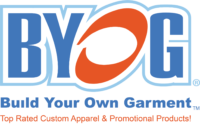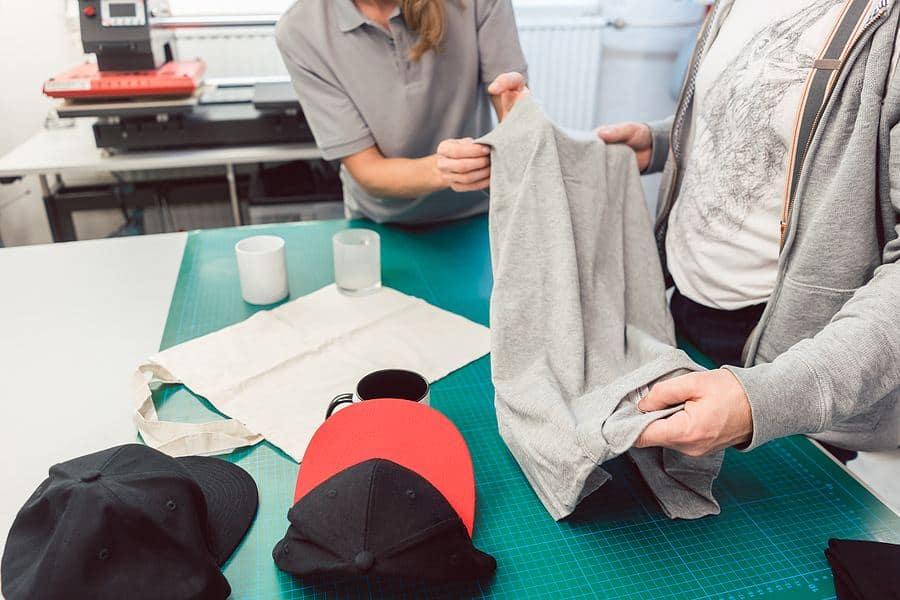Yes, company uniforms help customers establish a sense of who a person is, how and where to get help, and yes they do help with branding (just look at UPS).
And, yes, there are downsides. For one, the US Department of Labor has rules about employee uniforms in some circumstances (PDF link):
Where employee uniforms require ironing, dry cleaning, daily washing, commercial laundering, or other special treatment, because of heavy soiling in work usage or in order to meet cleanliness or appearance standards set by an employer, the employees must be reimbursed for uniform treatment.
Those pros and cons aside, we’ve helped hundreds of businesses of all sizes make new uniforms, establish their first uniforms, and just give employees a few pieces of apparel to wear as they wish.
There are two problems we see with uniforms most often: misplaced utility of the uniform and a misguided sense of fit and form.
Custom everyday shirts for employees are the most common
The most approachable and common uniform is just a polo or t-shirt with a company’s logo on them. You see these everywhere, including lawn care companies, retail outlets, restaurants, utility workers, and a myriad of other places. But they can be functional, too. So ask yourself:
- Does the shirt need to last a long time? If your company is hosting a service project and you just want everyone to have a shirt they can be rough with and wear outdoors for a day, a simple tee is fine. But if your employees are going to be on duty five days a week don’t expect one polo to cut it. If you don’t do laundry every day, they don’t either, so plan on ordering a number commensurate with the job and frequency.
- Does it need to be bright? Warehouses and HR teams often need high-visibility clothing like vests, jackets, and hats with reflective material. BYOG Logo can apply company brands and logos to these items without a problem.
But a school might also want bright-colored shirts for sake of being visible to children on a school field trip. And most common are customer-facing employees who might look best in a traditional dark blue, black, white, or cream colored shirt. All three of these situations are functional, and that drives the decisions about style and color. - Do you need their name on it? If you have high turnover this can get expensive unless you somehow always hire people with the same shirt size and name. BYOG Logo can do custom variable printing of names for embroidery or screen printing, but leaving the name off can help if you intend to reclaim a uniform. A magnetic name tag is a great alternative to embroidered names.
Improving your company’s image only works if the shirts works
We’ve seen a lot of brands come off looking worse because they chose poor-fitting shirts for their team. This happens when decision makers and HR teams forget the focus has to be on the employee, not the logo that happens to be on the shirt.
Some clothing — like high-visibility safety gear — is about function, safety, and staying in compliance with OSHA. Similarly, uniforms can hinder performance, too. Shirts that are heavy in hot environments, for instance, can slow people down and cause people to overheat.
For everyone else, there’s color, fit, and style to consider. Most people will agree few of us look great in salmon-colored shirts. Uniforms affect people’s professionalism and character. Whether your employees are in the lab, in the warehouse, in the factory, or on the floor of a casino, uniforms influence their behavior and the security and credibility of the team.
Ready to get started with your next uniform order, or have questions about branded apparel? Just ask BYOG Logo.



